| |
|

|
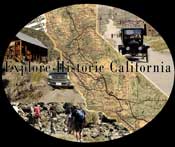
Visit our
Explore Historic California
site on
Facebook
|
CERRO
GORDO UPDATE
2/17/2014 |
|
 |
|
Cerro Gordo is
OPEN
to VISITORS*
*
Please phone
760-876-5030
or
909-856-4434
before your
visit.
The town is open
during daylight hours, road and weather conditions
permitting.
Please contact owner
Sean Patterson (661-303-3692) or Robert at Cerro Gordo for
information and current road conditions:
(760) 876-5030
or
(909 856-4434
Contact
us through email at:
 |
|
|
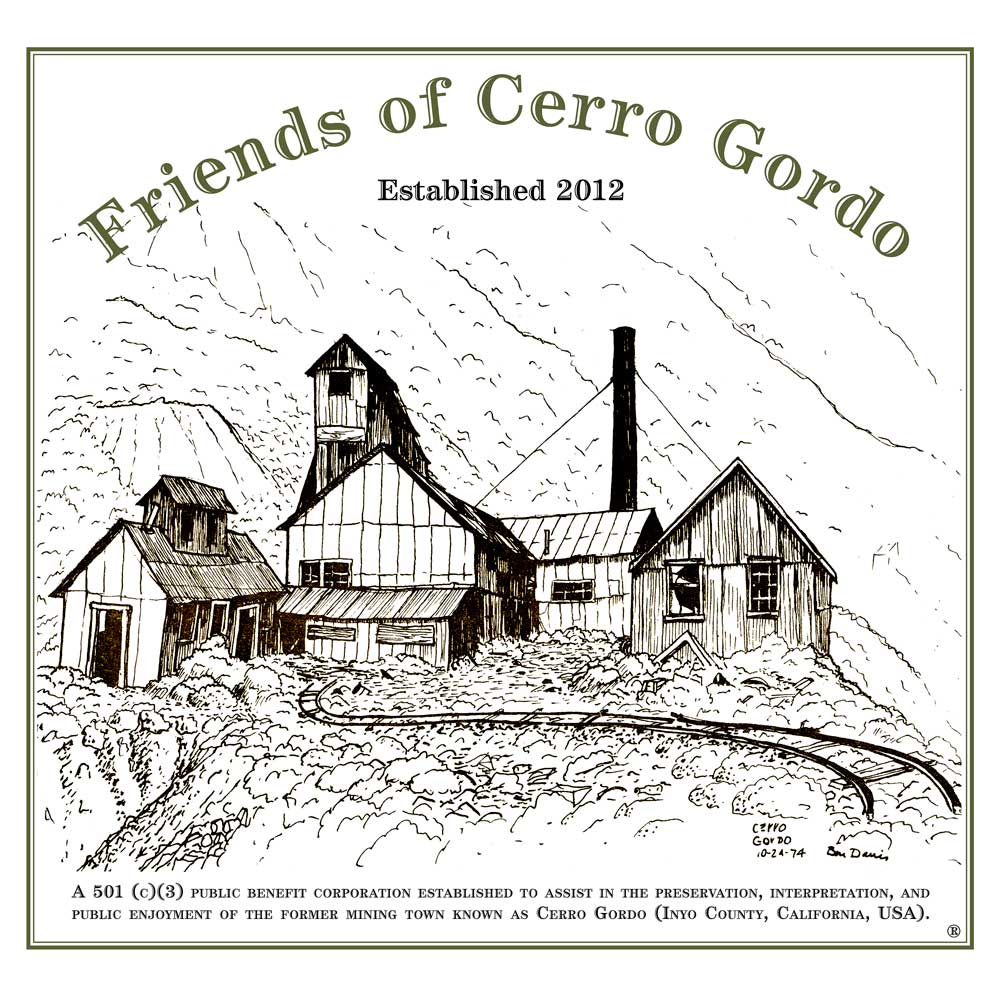 |
Join
Friends of
Cerro Gordo
The
Friends of Cerro Gordo is a 501(c)(3) public benefit
corporation established to assist in the preservation,
interpretation and public enjoyment of Cerro Gordo.
Help support these efforts by becoming a member.
First year membership (though December 2014) is only $10. |
|
Click
here
or the F.O.C.G. logo above to download a membership
brochure. |
|
|
Now Available
Cerro Gordo
A
Ghost Town
Caught Between
Centuries |
|
 |
|
Cecile Page Vargo's collection of
Cerro Gordo stories, true, farce and somewhere in between,
is being published in a new book,
Cerro Gordo A Ghost Town Caught Between Centuries.
ISBN: 978-0970025869
The book gives glimpses of
Cerro Gordo from the silver and lead mining days through the
early twentieth century zinc era to its modern place as,
according to author Phil Varney, "Southern California's
best, true, ghost town." There's even a possible solution to
the location of the fabled "Lost Gunsight Mine" that former
Cerro Gordo owner Mike Patterson once suggested.
We are proud to team with the
Historical Society of the Upper Mojave Desert (HSUMD) in
Ridgecrest, Calif., to bring Cerro Gordo A Ghost Town
Caught Between Centuries to print. This is their first
major publishing venture. The book is available for
sale directly from HSUMD or through selected book sellers.
Contact
HSUMD directly to order:
P.O. Box 2001, Ridgecrest, CA. 93556-2001.
Phone: 760 375-8456
Email:
hsumd@ridgenet.net
Announcing our Arcadia Publishing Book:
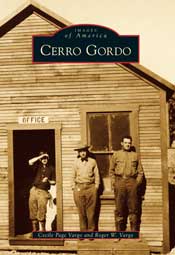
Cerro Gordo
by
Cecile
Page Vargo and Roger W. Vargo
ISBN: 9780738595207
Arcadia Publishing
Images of America series
Price: $21.99
128 pages/ softcover
Available
now!
(Click the cover image for ordering information)
Available at
area bookstores, independent retailers, and online
retailers, or through Arcadia Publishing at
(888)-313-2665 or
online.
|
|
|
 |
|
 |
|
Mules can
taste the difference--so can you |
|
 |
 |
|
Friends
of Last Chance Canyon is a new organization interested in
sustaining and protecting areas within the El Paso
Mountains, near Ridgecrest, California. The main focus is
preserving and protecting historic sites like Burro
Schmidt's tunnel and the Walt Bickel Camp.
Please click
on either logo to visit the FLCC site. |
|
|
We
support |
|
 |
|
|

Bodie Foundation
"Protecting Bodie's Future by Preserving Its Past |
|
|
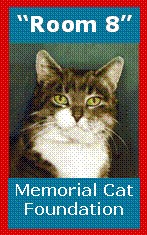 |
|
|
|
Click on Room 8's
photo or phone
951-361-2205
for more information. |
|
|
 |
|
The Panamint Breeze is a newsletter for people who
love the rough and rugged deserts and mountains of
California and beyond.
Published by Ruth and Emmett Harder, it is for people who
are interested in the history of mining in the western
states; and the people who had the fortitude to withstand
the harsh elements.
It contains stories of the past and the present; stories of
mining towns and the colorful residents who lived in them;
and of present day adventurers.
Subscriptions are $20 per year (published quarterly –
March, June, September & December) Subscriptions outside the
USA are $25 per year. All previous issues are available.
Gift certificates are available also.
To subscribe mail check (made payable to Real Adventure
Publishing) along with name, address, phone number & e-mail
address to: Real Adventure Publishing, 18201 Muriel
Avenue, San Bernardino, CA 92407.
For more information about the
Panamint Breeze e-mail Ruth at: echco@msn.com |
|
|
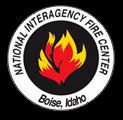 |
|
It's always
FIRE SEASON! Click the NIFC logo above to see what's
burning. |
|
|
 |
|
Visit Michael
Piatt's site,
www.bodiehistory.com, for
the truth behind some of Bodie's myths. |
|
|

Credo Quia Absurdum |
|
Explore
Historic California! |
|
Not too many years ago, the family station wagon was the magic carpet to
adventure. Today, that family station wagon is likely to be a four wheel
drive sport utility vehicle or pick up truck. SUV's and other 4x4's are
one of the best selling classes of vehicles. Ironically, industry
statistics show that once purchased, few owners will dare to drive their
vehicles off the paved highway.
Click your mouse through the website and enjoy our armchair adventures
and the histories behind them.
|
|
Bodie Childhood
Memories
By Cecile Page Vargo |
As you
drive into Bodie from the kiosk entrance, distanced from the
main town site, and across the street from the cemetery, the
Moyle House sits on the edge of the meadow. Ella Haynes spent
her childhood summers in this home which was originally owned by
her grandparents, Thomas Nelson Moyle, and Daisy (John) Johnson
Moyle. Ella’s father was the first of six children, all raised
in Bodie. The home was used by various family members as a
summer home until its reluctant sale to the State of California
when the fading mining town turned ghost town was designated a
California State Historic Park in 1962.
|
 |
|
The
Moyle House is one of the first buildings visitors
see when entering Bodie from the south. The main
town is off to the right. The map below (from USGS
Bodie topo, 1994) shows the Moyle House in relation
to the rest of Bodie. |
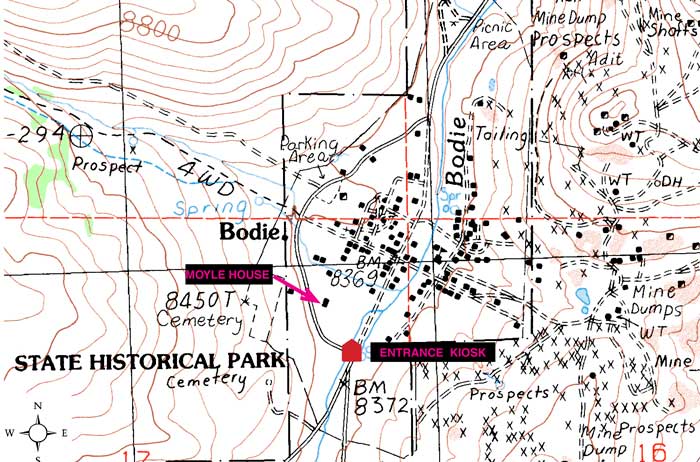 |
In 2010 I
had the pleasure of meeting Ella Haynes, and have kept up a
friendship with her through the magic of modern social media. We
recently spent a morning comparing stories of life in Bodie then
and now. Ella fondly remembered how she and her siblings
entertained themselves and we pondered over whether children
today could keep themselves entertained in an isolated town with
three kids and three or four adults minus electricity, phone,
radio or television.
The close
proximity the Moyle house had to the graveyard made it a
favorite spot for Ella to run up to and climb inside an
abandoned casket to greet tours as they arrived. She also
recalls being able to hear sounds of voices and shovels on rocks
when she was in her bed at the house trying to sleep. The
following day Ella’s Dad and Bobby Bell would find bones dug up
where someone had been searching for jewelry, and she would hear
them talk about what they would do if they caught someone up
there digging.
 |
|
Graves
in the Bodie Cemetery can be seen in the hillside
behind the Moyle House. |
Strains of
music caught Ella’s attention one evening, so she set out to
investigate. Instead of a ghost she found an Irish tourist with
a set of bagpipes. He was camped out down below the present day
entrance of the park. He couldn’t see her, so she started
applauding. “That was my radio entertainment…..I guess.”
The
original outhouses still stand next to the homes and businesses
in Bodie. Ella’s grandparents' home had indoor plumbing when she
was a child, but she would often slip out at night to tend to
her business and listen to the ghosts talking to her through the
half moon air vent. “Who knew ghosts liked outhouses?” Ella
laughs today. “Because of the ghosts in the outhouse I got a
spanking in the middle of the summer when my parents figured out
that the smell outside the front door was where my sister and I
would go at night….it was fine during the cold months but not so
sweet during the heat of summer.”
Worse than
ghosts in the outhouse, Ella remembered “….one night there was a
big earthquake and the bed bounced halfway across the room and
sleeping in the bathtub because the coyotes were howling right
outside the window and if my sister needed to use the potty that
night she was too scared also!!”
Animals
have always been a big part of life in Bodie. The sage hens,
that still frequent the town today, were fun for Ella and her
siblings to walk up to and watch fly in a circle just like a
boomerang and fly right back to your feet since they didn’t stay
in the air long and always came right back. The sage hens also
provided food instead of domestic chicken or turkey, for Ella’s
family. To take the strong taste of sage away, it was best to
soak the hens in water for a short time then rinse them off
thoroughly after the soaking.
A bull
once charged Ella and her sister as they came across the meadow.
Ella made her sister climb into a large pipe that was out there
and started yelling until the adults could come rescue them.
Mother came with one high heel on and one in her hand and went
after the bull. When the bull wandered off, Ella’s sister found
herself stuck in the pipe. Bobby Bell got down to help her out,
and decided that they would have to leave her there to go into
Bridgeport to get help to get her out. “No don’t leave me!”
cried the sister, as she managed to crawl out. She wasn’t stuck
at all, she just felt safe inside the pipe.
A popular
Bodie ghost story during Ella’s childhood, was told about a
donkey that was taken down into one of the mineshafts and got so
big and fat they had to leave him down there when most of the
town was gone. The donkey wore a bell around his neck and early
tourists would swear they heard the bell of the ghostly donkey
ringing. Ella knew better, as there was always one cow in town
with a bell around its neck so the other cows would follow it.
If sheepherders were around their donkey or one of their goats
also wore bells. It was great fun to listen to the tourists talk
of the “ghost” of the poor donkey and watch their faces turn
white as a sheet.
When you
live in an abandoned town, the most asked question you get is if
you have ever had any ghostly encounters. Modern Bodieites
spending a season in the Moyle and other residential houses swap
stories at night for entertainment after hours. Ella shares her
ghostly stories and admits that perhaps the “rotten kid” inside
her had something to do with many of them.
|
|
|
| |
|
|
La Noria
Spins Again
By Roger Vargo |
 |
|
Drawing
of an early day water carrier.
(Image
courtesy LA Public Library Collection) |
Since its founding in 1781, Los
Angeles has had close ties with the Los Angeles River. Water was
originally distributed to users through a series of ditches and
crude canals and by hand by water carriers.
William Dryden proposed a
closed-pipe system to deliver clean water to homes in 1853. The plan
was rejected because of Dryden's request for land and a
20-year franchise for water distribution were deemed excessive. Four
years later, Dryden was granted his franchise and established the
Los Angeles Water Works Co.
The Water Works built a 40-foot water
wheel to lift water from the main water ditch in 1857 and built a
wood and brick storage tank in 1858 at the city plaza. The structure
lasted about three years until it was destroyed by heavy rains,
ending both the reservoir and Dryden's company. Three additional
attempts by different parties were made in the ensuing seven years
to resurrect the system. None were successful.
Prudent Beaudry, John S. Griffen and
Solomon Lazard formed the Los Angeles City Water Co. in 1868 and
were granted a 30-year water franchise by the City Council..
|
.jpg) |
|
(TOP) This
wood and brick structure in the center of the Plaza
was one of LA's first reservoirs. It was constructed
in 1858 by William G. Dryden and his LA Water Works Company.
The structure was destroyed in a flood in 1861.
(BOTTOM) LA's
second water wheel was built circa 1863 as part of a failed
project to revitalize Dryden's waterworks. Over the years,
as many as nine water wheels fed Los Angeles.
(Images
courtesy LA Public Library Collection) |
 |
LA City Water Company acquired many of
the private sources of water over the ensuing years and its
superintendent, Fred Eaton, hired William Mulholland as a ditch
digger in 1878.
Eaton was elected Mayor of Los Angeles
in 1898 on a platform of establishing a new public water system for
Los Angeles. The following year, Los Angeles approved a measure to
purchase the LA City Water Co. system for $2.09 million. The
acquisition process was bogged down with litigation until 1902 when
the Los Angeles Water Department was established. Mulholland was
selected as superintendent and brought with him senior employees
from the LA Water Co., to run the new system.
Six years later, Los Angeles began
construction of a 233 mile mile aqueduct to bring water from the
Owens River to Los Angeles. The aqueduct was completed in 1913. Los
Angeles, the city, grew and prospered. Los Angeles, the river, was
relegated to a flood control channel.
Artist Lauren Bon and her Metabolic
Studio have received approval from the LA City Council to build a
70-foot water wheel that will lift water from the LA River during
"dry" months (the water is discharge from water treatment plants and
natural drainage) for use at the Los Angeles State Historic Park and
in the neighborhoods and gardens surrounding the Studio in downtown
Los Angels. The water will be used for irrigation.
Bon named the project "La Noria"
(Spanish for water wheel) in honor of its nineteenth century
predecessors. The wheel will lift nearly 35 million gallons (106
acre feet) of water from the river each year when the project is
completed in August, 2015.
 |
|
Engineering drawing of La Noria water wheel.
Click
HERE to see the flow simulation. |
|
 |
|
Model of La Noria water wheel bucket. The
bucket's design is based on the nineteenth century
Pelton water wheel bucket. |
 |
|
Lauren Bon
(center) shares La Noria and "Bending the river back
into the city" at the Lincoln Heights Senior Citizen
Center March 22 during World Water Day. |
 |
Contact
info@metabolicstudio.org
for more information on La Noria or Metabolic Studio, or visit
www.metabolicstudio.org.
|
|
| |
|
|
|
|
| |
|
|
|
|
